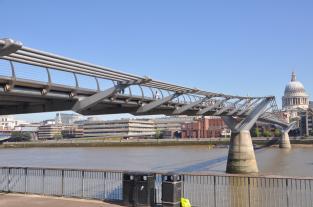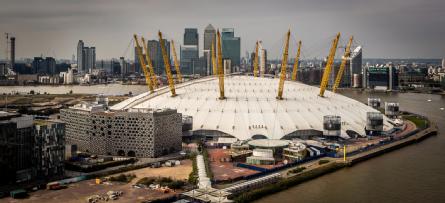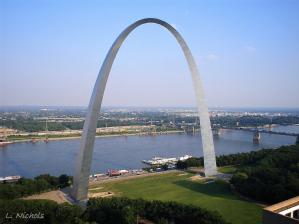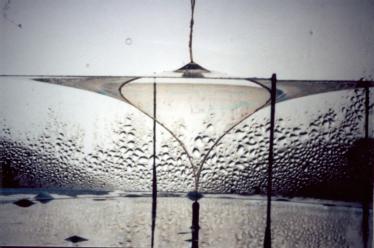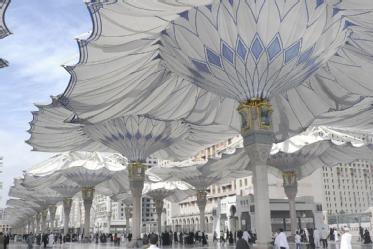Structures that are tense teach us design sense – says engineering book
The second edition of the book “Tension Structures: Form and Behaviour” by Professor Wanda Lewis of the School of Engineering at the University of Warwick, explores design and mathematical modelling issues of non-conventional structures ranging from festival tents and venues (e.g. the O2 Arena, Umbrella Piazza in Madinah) to suspension bridge cables.
The book goes into much further details looking at rigid structures, such as arches, and how to get to their optimal shape to avoid collapsing or deterioration for as long as possible.
With over 30 years’ experience in the field, Professor Wanda Lewis is able to discuss misconceptions related to most architectural designs and provide unique insights into the question of what makes a structure work to the best of its ability.
Unlike rigid structures made of steel or concrete that can be shaped according to an architectural vision, tension structures have to have their shape found according to the forces acting on them. This process constitutes ‘form-finding’ – a kind of reverse engineering in which the shape of the structure is not known, but found through iterative computations, complemented by physical modelling.
There are various form-finding techniques available, depending on the type of structure being modelled.
The technique emphasised in the book in relation to fabric structures is the one that preserves constant stress, as observed in soap film surfaces. Professor Lewis applies the same principle to shape modelling of arches. This is inspired by the fact that the principle of constant stress is observed in the formation of highly optimised natural objects, such as trees, bones, shells.
Professor Lewis of the School of Engineering at the University of Warwick comments:
“Arch bridges are a completely new addition to my latest book, in which I introduce the concept of a constant stress moment-less arch – a structure shaped by permanent loads in a way that eliminates any possible bending moments. This gives a purely compressive form that is close to a natural structure and is less likely to fail, compared to the dictated-shape (especially circular arch), because it minimises its response to loading. This new work, which I describe as analytical form-finding, can revolutionise the design of arch bridges, producing material efficient and durable structures."
ENDS
23 APRIL 2019
NOTES TO EDITORS
High-res images available at:
https://warwick.ac.uk/services/communications/medialibrary/images/april2019/gateway_arch_in_st_louis.jpg Credit: Jane Lloyd Nichols, (reproduced under CC BY-ND 2.0)
https://warwick.ac.uk/services/communications/medialibrary/images/april2019/london_millennium_bridge.jpg Credit: Mabel Lu and Cafuego, (reproduced under CC BY-ND 2.0 )
https://warwick.ac.uk/services/communications/medialibrary/images/april2019/umbrella_piazza_in_madinah.jpg Credit: SL- Rasch
Credit: SL- Rasch
https://warwick.ac.uk/services/communications/medialibrary/images/april2019/o2_areana.jpg
Credit: Davide D’Amico, (reproduced under CC BY-SA 2.0)
Malcolm Millais’ review in which praises Professor Lewis' work is available on request from the contact details below.
Buy the book at: https://www.icebookshop.com/Products/Tension-Structures-Form-and-behaviour,-Second-edit.aspx
Available with 15% off until the 30th April 2019
For further information please contact:
Alice Scott
Media Relations Manager – Science
University of Warwick
Tel: +44 (0) 2476 574 255 or +44 (0) 7920 531 221
E-mail: alice.j.scott@warwick.ac.uk
For further information please contact:
Alice Scott
Media Relations Manager – Science
University of Warwick
Tel: +44 (0) 2476 574 255 or +44 (0) 7920 531 221
E-mail: alice.j.scott@warwick.ac.uk

